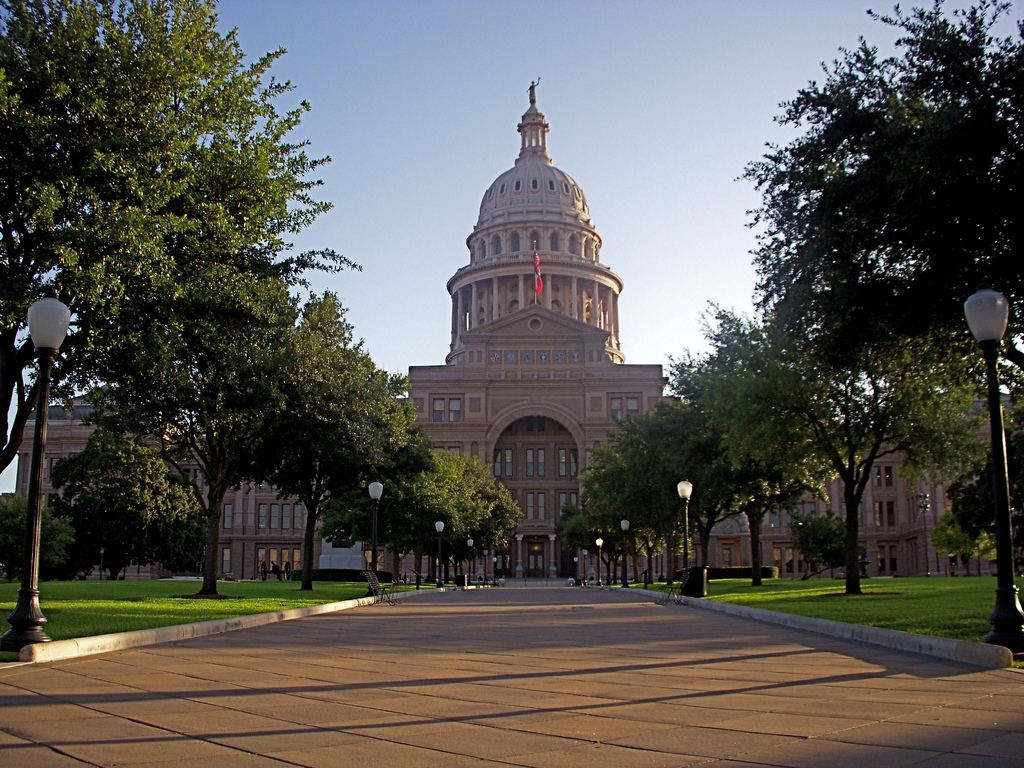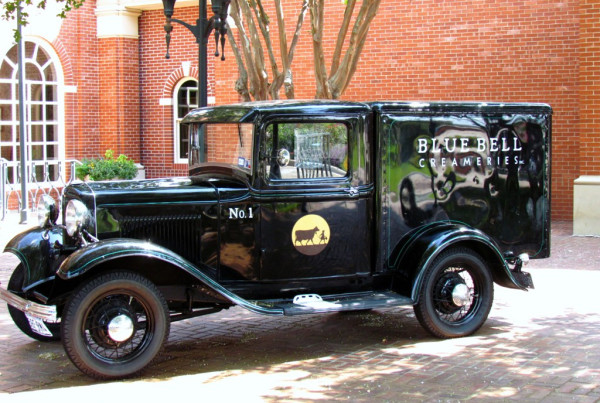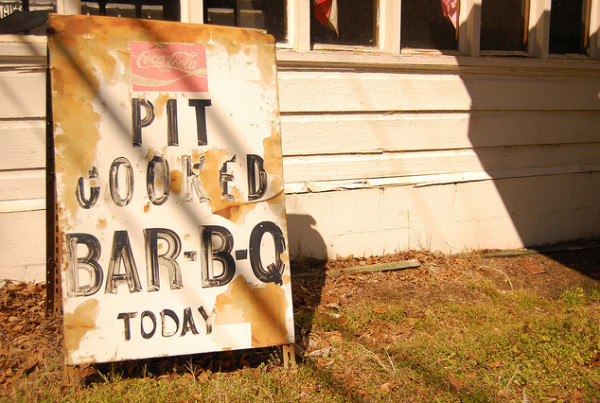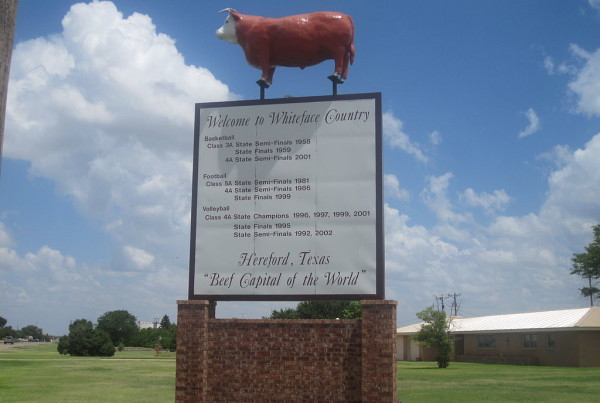Did you know that The Texas Capitol faces south toward Goliad, in memory of a horrific revolutionary battle?
Is that a fact?
Here to set the record straight – Capitol sleuth and fact-checker Gardner Selby of the Austin American-Statesman’s PolitiFact Texas.
With all the talk of confederate statues on the Capitol grounds and the UT Austin grounds – what got you wondering about why the building faces south?
Artist Christine Gilbert sent a letter to the editor of the Statesman saying that according to a website, “The Texas Capitol building faces South toward Goliad, in memory of the most horrific battle of the Texas Revolution.” She was quoting a Texas Senate site.
Why Goliad?
Two possible reasons. An 1835 battle won by the rebellious Texans, and – not so good for Texas – a nearby battle in March 1836 after which Col. James Fannin and his men were surrounded by Mexico’s forces, forced to surrender and, a week later, executed.
This occurred about a month before Sam Houston led troops to victory at San Jacinto, bringing Texas its independence.
How’d you go about fact-checking this one?
We turned first to Patsy Spaw, the Texas Senate secretary who watches over what they put online. She initially said she wasn’t aware of the Goliad declaration and didn’t know if it was factually supported. She started her own research after we asked. We spoke to the the State Preservation Board, which takes care of the Capitol. Over there, spokesman Chris Currens said the board had no records connecting the Capitol’s alignment and Goliad.
He also said he believes the Capitol was built to face the heart of the city including its main business thoroughfare, Congress Avenue, in keeping with surveyor Edwin Waller’s original plan for the city showing a Capitol Square in a prominent place on a rise north of the river. A pretty picture.
So it would be facing the river essentially. But let’s get back to Goliad – why Goliad?
We kept digging. We read a 1932 master’s thesis on the Capitol’s construction – nothing there. With a nudge from Spaw, we also considered Austin author Jeffrey Kerr’s book on Austin’s early years, which said it was Waller’s vision to have the Capitol at the top of the downtown grid of streets.
Researchers at the Texas State Library pointed out a speech at the Capitol’s dedication in the 1880s in which former state Sen. Alexander Terrell mentioned the big Statue of Liberty atop the Capitol. He called the star she holds a fit emblem of Texas that “rose above the massacre at Goliad to typify redemption. Its lustre is for all the land from the Red River to the Rio Grande, and from New Mexico to the gulf, and for a people who will preserve this state one and indivisible forever.”
So in the end, how did this Goliad-ic claim fare on the Texas Truth-O-Meter?
We found no factual foundation to it. The historical consensus: t in keeping with Waller’s Austin vision, the Capitol was built, on a gentle rise, to face south toward the capital’s heart. Our editors rated this statement False.
In case you were wondering: the claim was removed from the Senate website following PolitiFact Texas’ inquiry.















